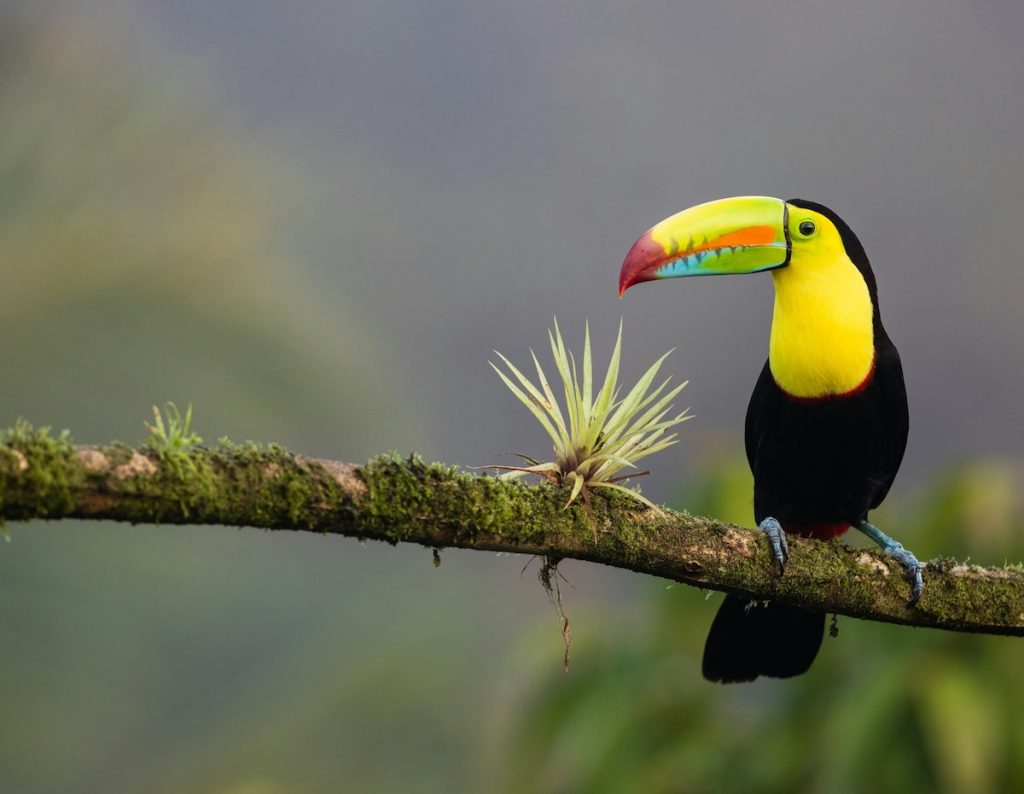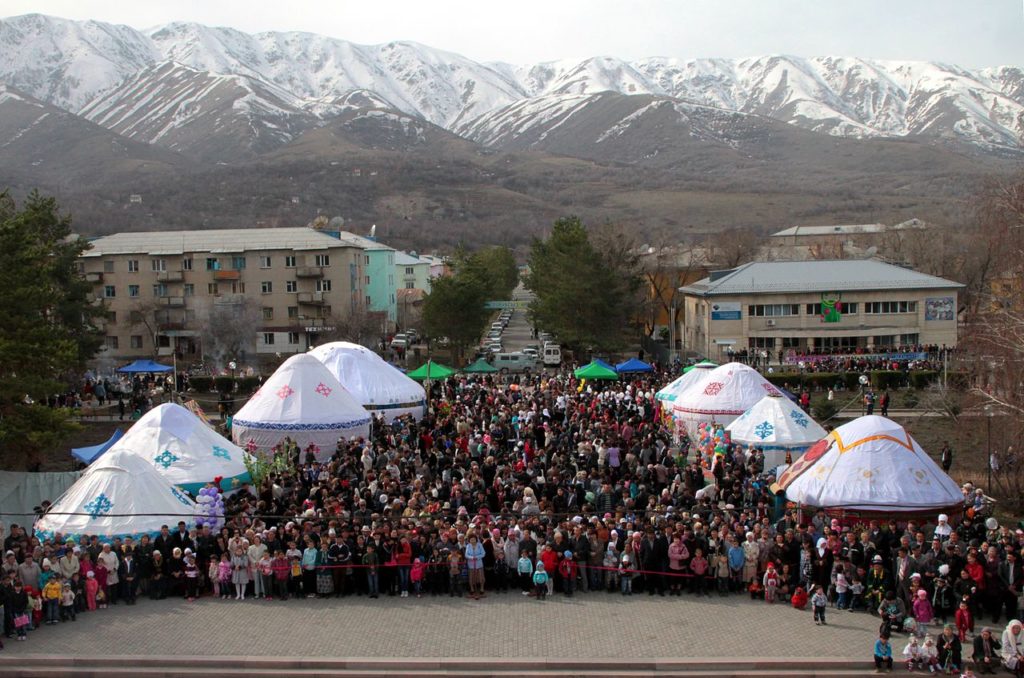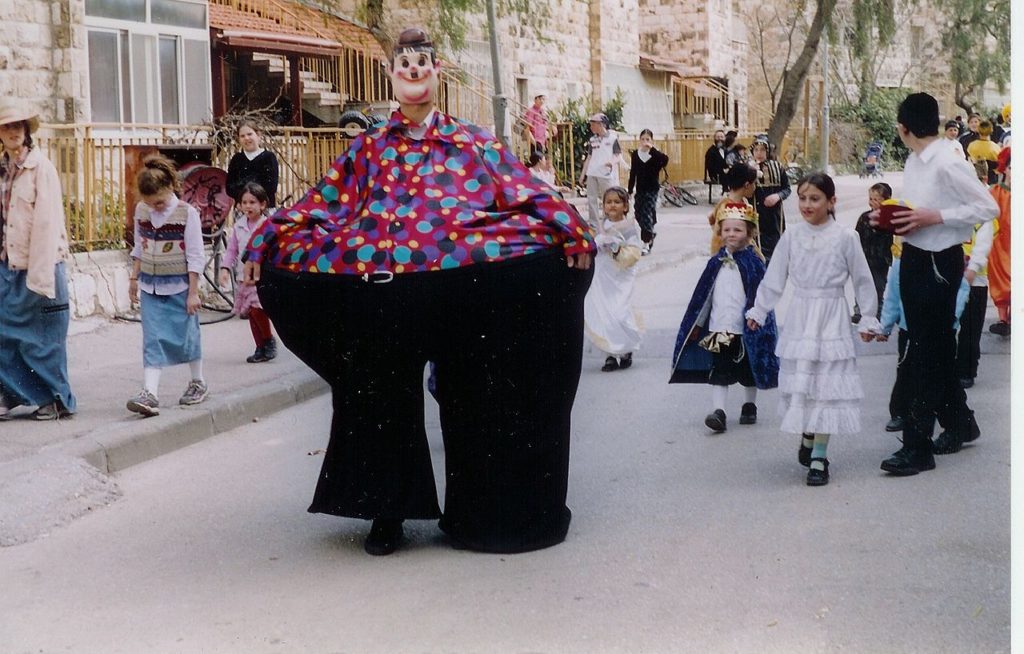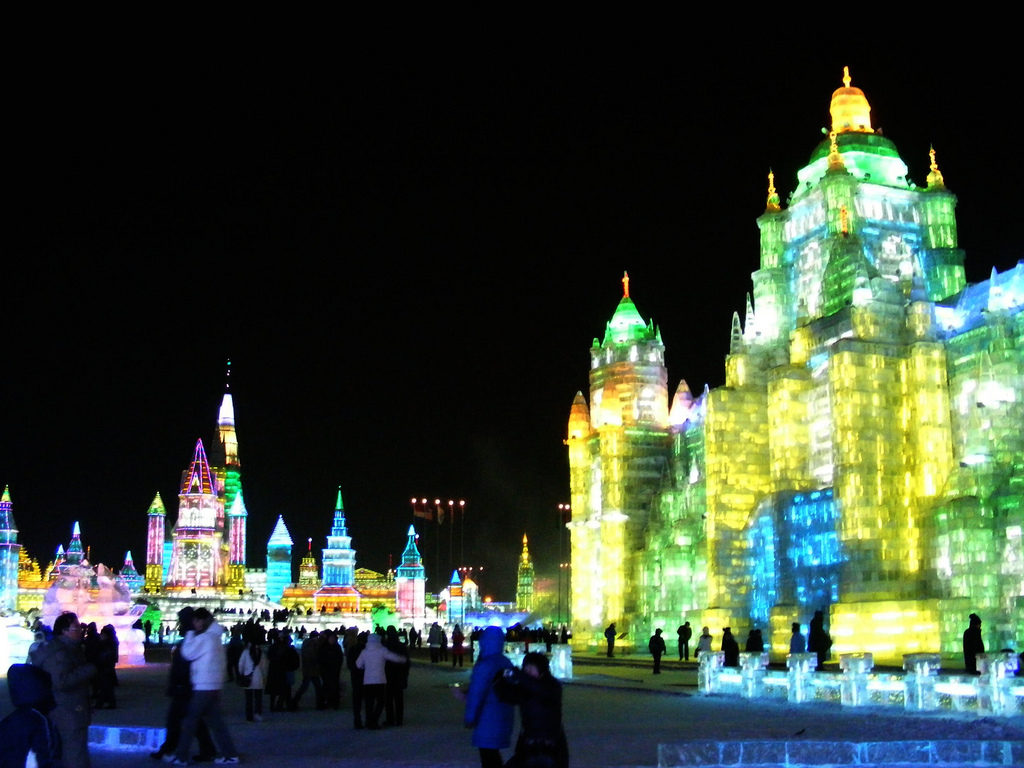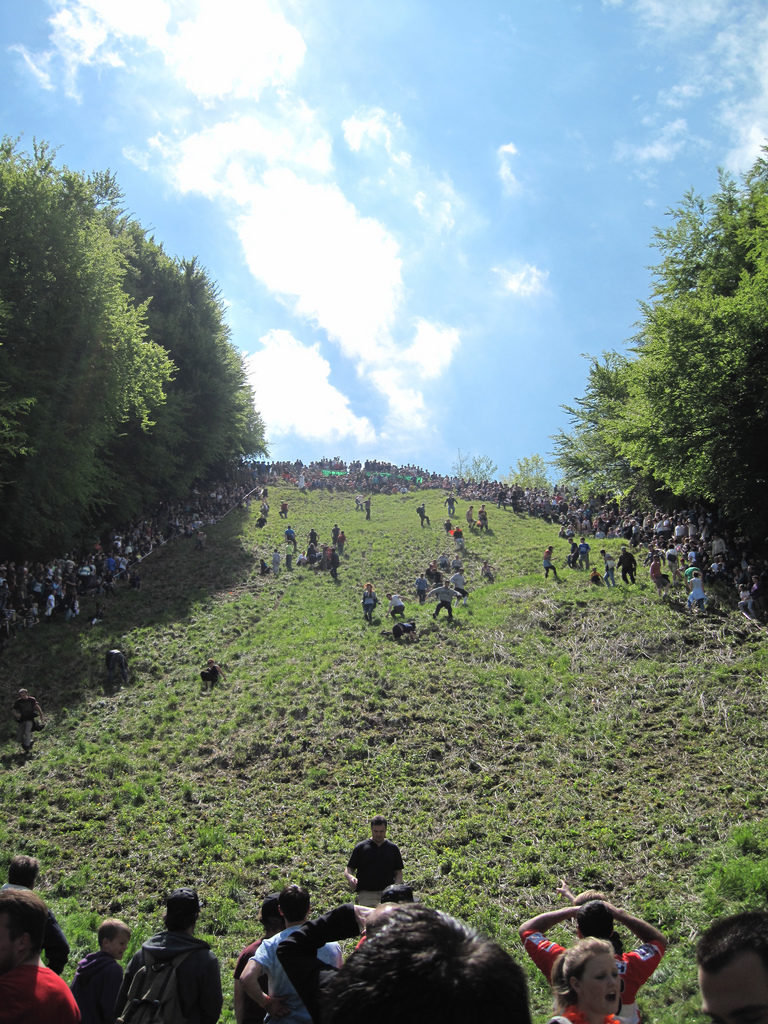Are you finding yourself daydreaming about sun, sea and sand while sitting at your office desk? If that sounds like you and you’re a lover of new cultures, good food, and a rich steaming cup of coffee, you might consider looking into a break in Costa Rica. Read on to find out some fascinating things that will convince you to drop your pin on this Costa Rican Map.
Costa Rica is ecologically diverse
You’ll never see the same landscape twice while traveling around Costa Rica. 25% of the land is protected national parks, with rainforests, beaches, volcanoes and an abundance of wildlife. Protecting the environment is important to Costa Ricans so you’re going to hear a lot of “leave nothing but footprints” conversation. But this diversity allows for a lot of different activities. You can go hiking through the rainforest or enjoy some water sport activities on the coast. Visit Volcano Watersports (volcano.cr) for more information on water activities.
Religion is important
Family and religion are important in Costa Rican life. Most identify as Roman Catholic with a small Protestant minority. The culture is comparable to Italian and eastern European cultures in this regardL families are close-knit and religion is a looming presence. If you come to Costa Rica, you’re going to see a lot of beautiful old buildings either dedicated to religion, like La Catedral Metropolitana de San Jose (or the Metropolitan Cathedral of San Jose), or covered in religious iconography, like the The Basílica de Nuestra Señora de los Ángeles.
And football (soccer) is just as important
Football is the most popular sport in Costa Rica, followed by boxing and basketball. In fact, Costa Rica has qualified for five FIFA World Cups and has an impressive international soccer team. The country has produced several top players that compete in European leagues, especially in Spain. During international events, like the World Cup you’re likely to see the local drinking venues filled with fans from all around the world. It’s said to unite all Costa Ricans across ethnic, racial and social divisions and in fact, when ‘La Sele’ plays in the World Cup, the country comes to a near standstill to watch.
Most Costa Ricans are mestizo
Speaking of diversity, most Costa Ricans are mestizo, which means of European and indigenous heritage. The main indigenous groups are Bribri, Cabecar, Maleku and Guatuso. As you can imagine, this merging of European and South American, makes for a great food palate, and you’ll be hard pressed to find a meal you won’t like in Costa Rica. Rice and beans (called gallo pinto) are a staple food and often eaten for breakfast. Black beans and rice are mixed together and served with eggs, cheese, or meat. Seafood is popular and abundant on the coasts, including fish like snapper and tuna, and shellfish like shrimp and lobster. Ceviche, raw seafood “cooked” in citrus juice, originates from Costa Rica.
And for those who have trouble getting out of bed in the morning, you’ll be glad to know that Costa Rica grows some of the best coffee in the world. Coffee is a huge part of the culture and economy. Visiting a coffee plantation and learning about coffee processing is a popular tourist activity.
Pure Life is important
“Pura vida” is a common phrase reflecting the relaxed, happy-go-lucky attitude of Costa Ricans. It means “pure life” but is used similarly to “hakuna matata” or “c’est la vie”. It is a major aspect of Costa Rican culture exemplifying the friendly, relaxed, and happy attitude of the people. Ticos are known for being very peaceful, calm and happy, making for a relaxing and friendly environment perfect for a summer getaway.

